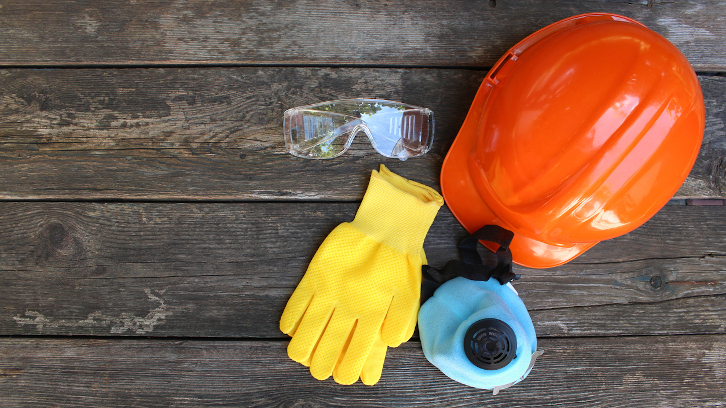The determinants of the duration of sick leave in the spanish manufacturing sector

A UAB study delves into the factors that influence recovery time after sick leave in the Spanish manufacturing sector. Researchers reveal significant disparities in gender, seniority, and company size. They recommend gradual return strategies and highlight that both companies’ management and public policies are key to building a healthier and more productive workspaces.
Despite the significant economic impact of occupational injuries on companies and society, studies focused on analyzing the determinants of workdays lost due to sick leave remain scarce and incomplete. Our research contributes to this issue and aims, firstly, to analyze the drivers of sick leave duration, distinguishing factors that explain health recovery time from those that could lead workers to a voluntary extension of the period of sick leave. Secondly, we aim to formulate and empirically test the effect of gender, citizenship, temporary work, job tenure, amount of disability benefit, and size of the injured worker's firm on the number of days the employee is off work after the injury.
We tested the hypothesis on a comprehensive dataset that includes all non-fatal occupational injuries causing sick leave that occurred in the manufacturing sector in Spain during the 2015–2019 period, with more than 400,000 injuries. We conducted ordinary least squares and count data regression models in which the number of days on sick leave is regressed on employees and work characteristics while accounting for a set of variables to control the injury's nature and severity.
The results show that after considering the intrinsic characteristics of the injury and the severity of each worker's injuries, women, native workers, workers with more seniority, workers with higher salaries, and those working in larger companies have longer periods of sick leave. Therefore, the findings suggest that moral hazard considerations significantly impact the time until a worker returns to work after an occupational injury.
Based on the findings, several insights for company managers and public decision-makers can be discussed. Various policies and actions to be considered may be related to personal, family, and work reconciliation so that any worker can maintain a full professional career while exercising their right to care for their family, undergo training, or enjoy their leisure and free time. Concrete examples are the implementation of flexible working hours, working from home, and continuous working hours for childcare, among others. Moreover, there is an opportunity for companies to develop strategies that help employees gradually return to their normal duties. A phased return to work may facilitate an effective transition back to full-time working and create a supportive environment in the workplace. In this sense, the role and responsibility of physicians might also be reviewed. For instance, to analyze whether physicians need more training on assessing a gradual return to work.
Therefore, we consider that firm management should work towards strengthening safety and medical assistance when organizing work on more dangerous shifts (e.g. night shifts, weekends) and assigning and designing jobs for more vulnerable workers (e.g. older workers). Similarly, we think that public policy interventions aimed at improving social and labor conditions, increasing labor inspection capacity, and creating an appropriate regulatory context to require companies to adopt a robust occupational risk prevention system should be considered. Such policies should not be seen as an expense but as an investment that generates benefits that are reflected in the improved health of workers, increased productivity of companies, and a reduction in the cost of resources for the public insurance system.
Laura María García Carrizosa
Faculty of Economics and Business Studies
Universitat Autònoma de Barcelona
References
Arocena, P., & García-Carrizosa, L. M. (2023). Determinants of the duration of sick leave due to occupational injuries: Evidence from Spanish manufacturing. Journal of safety research, 86, 311-317. https://doi.org/10.1016/j.jsr.2023.07.009


